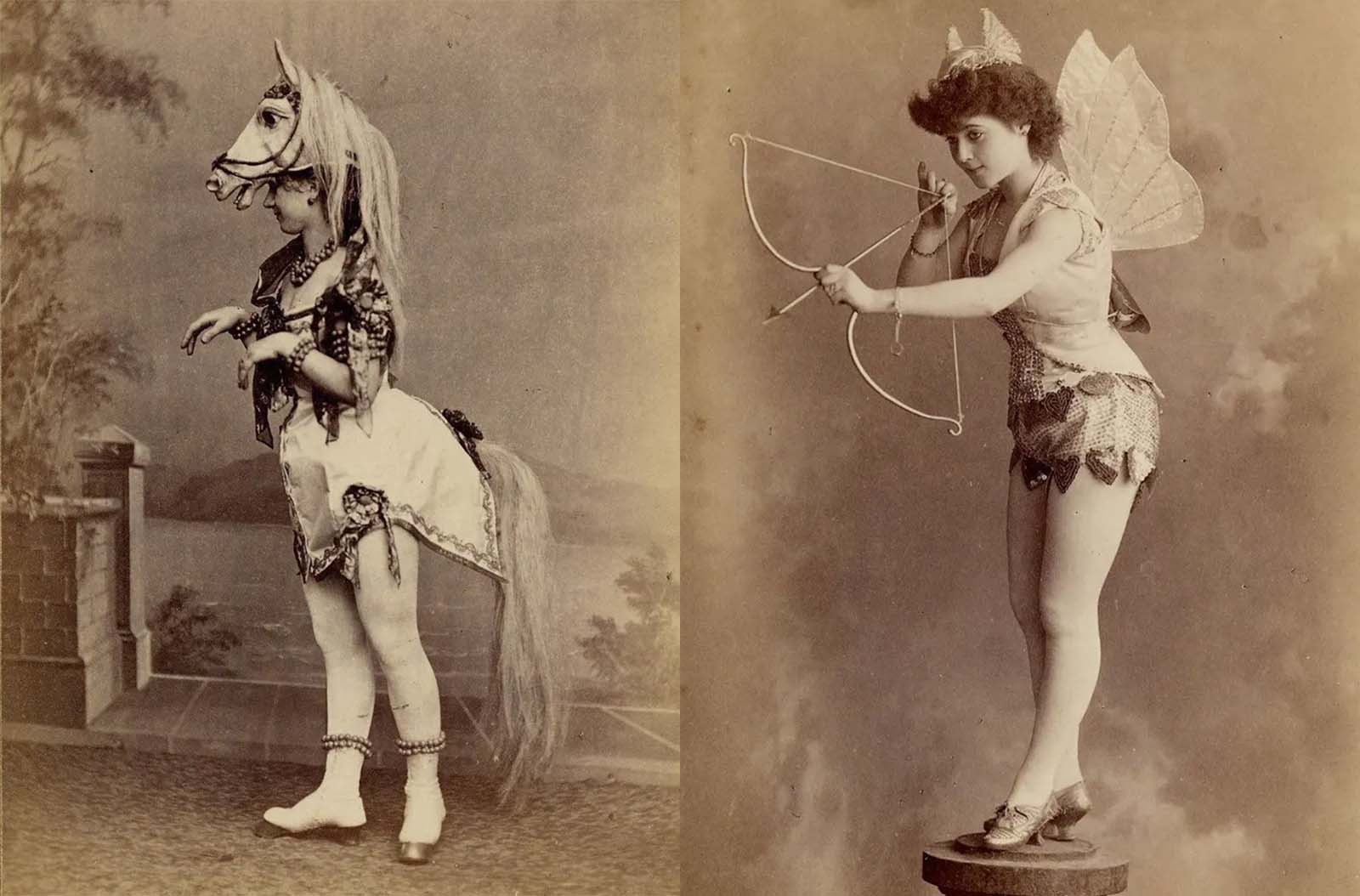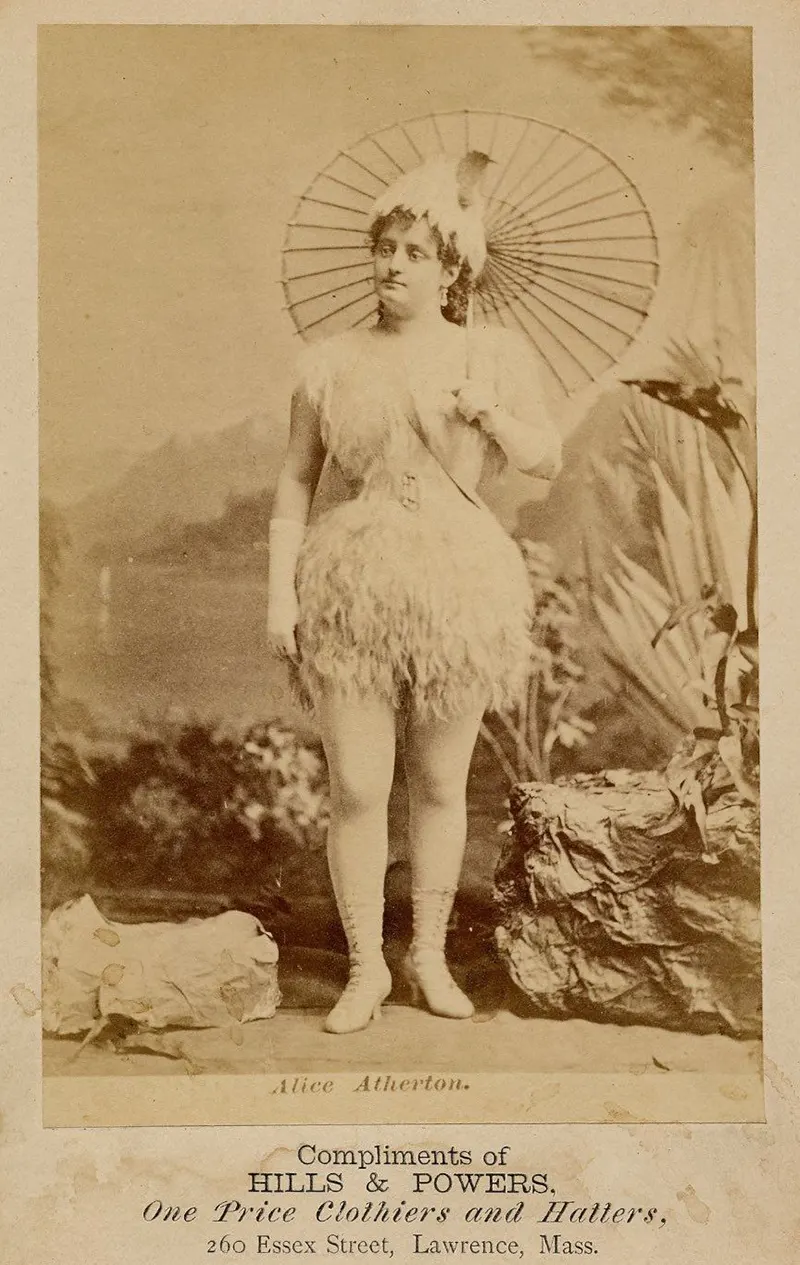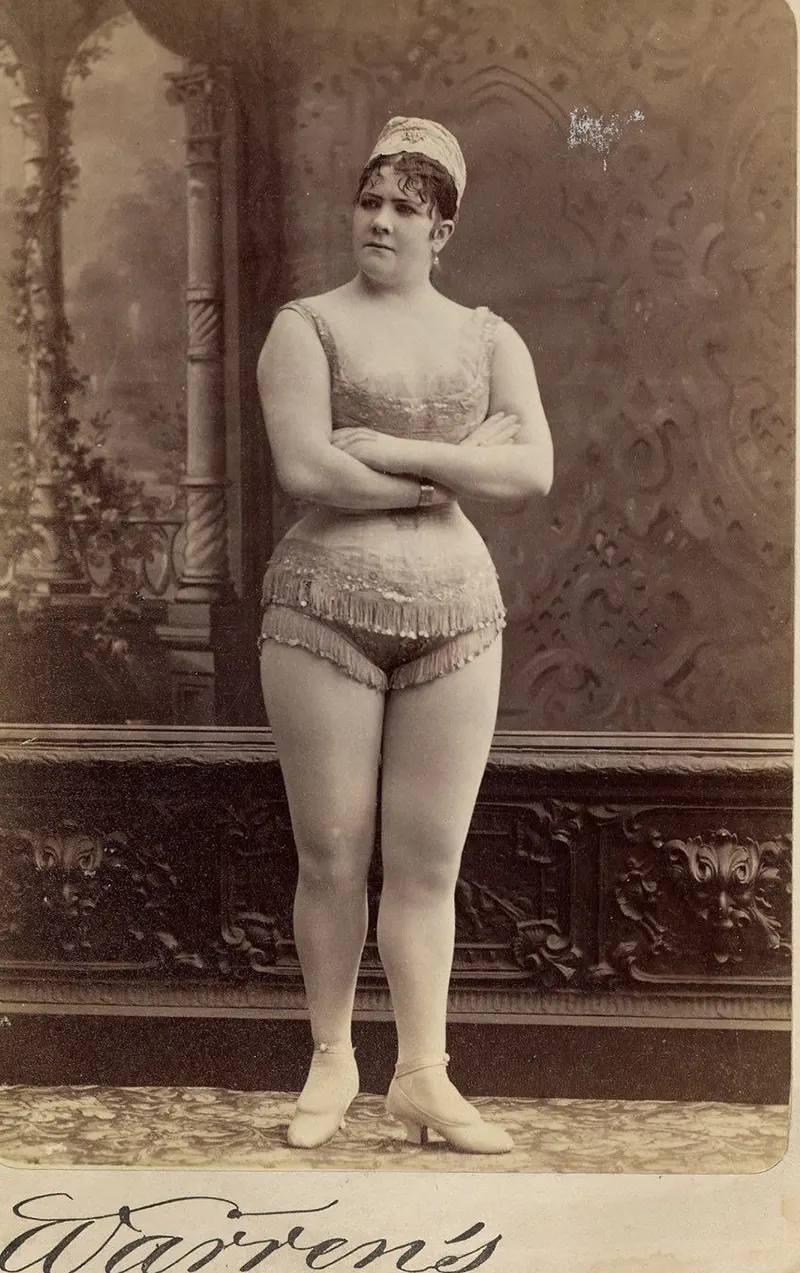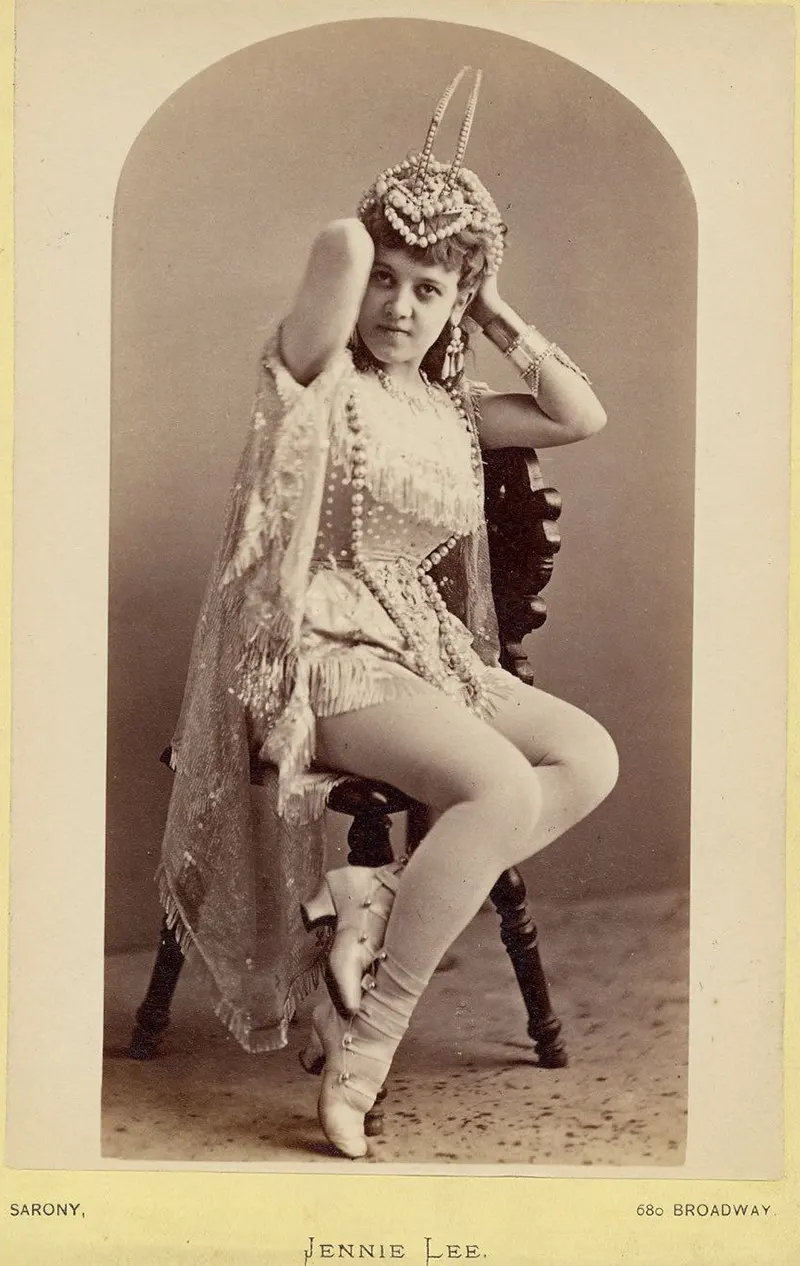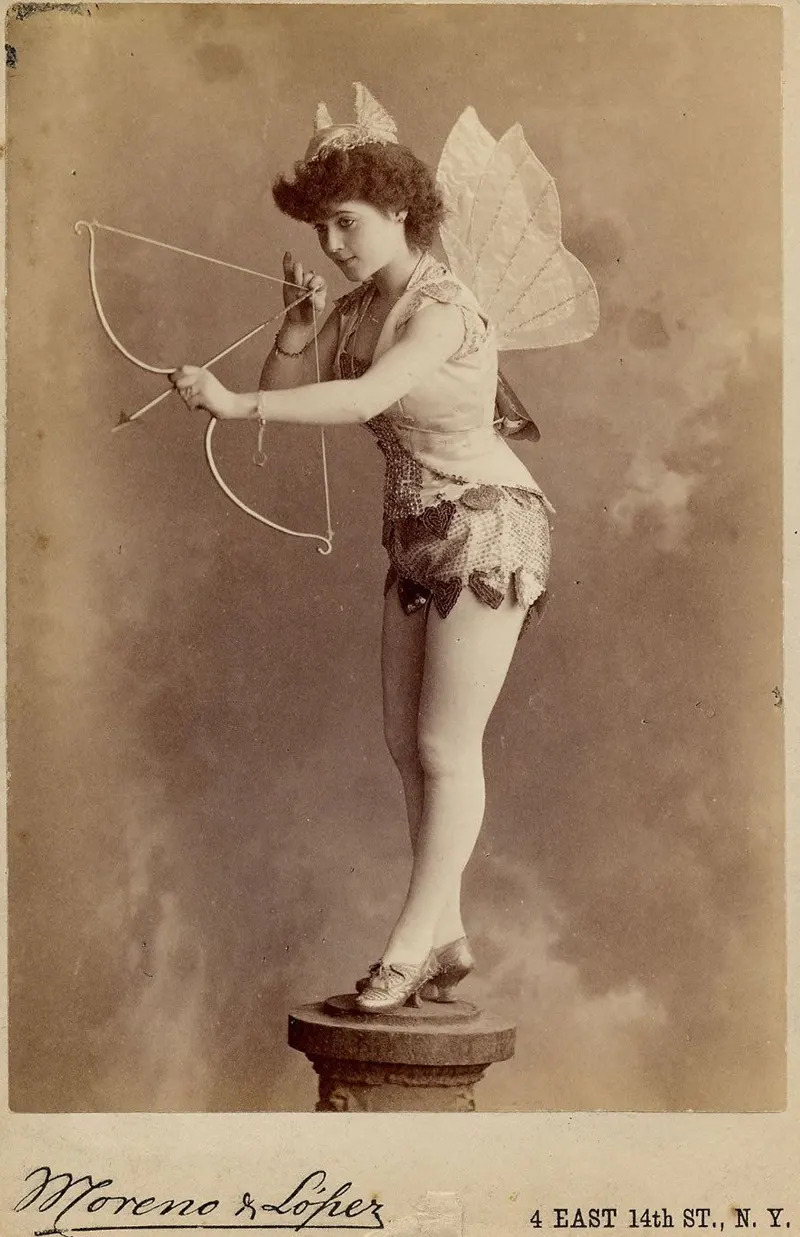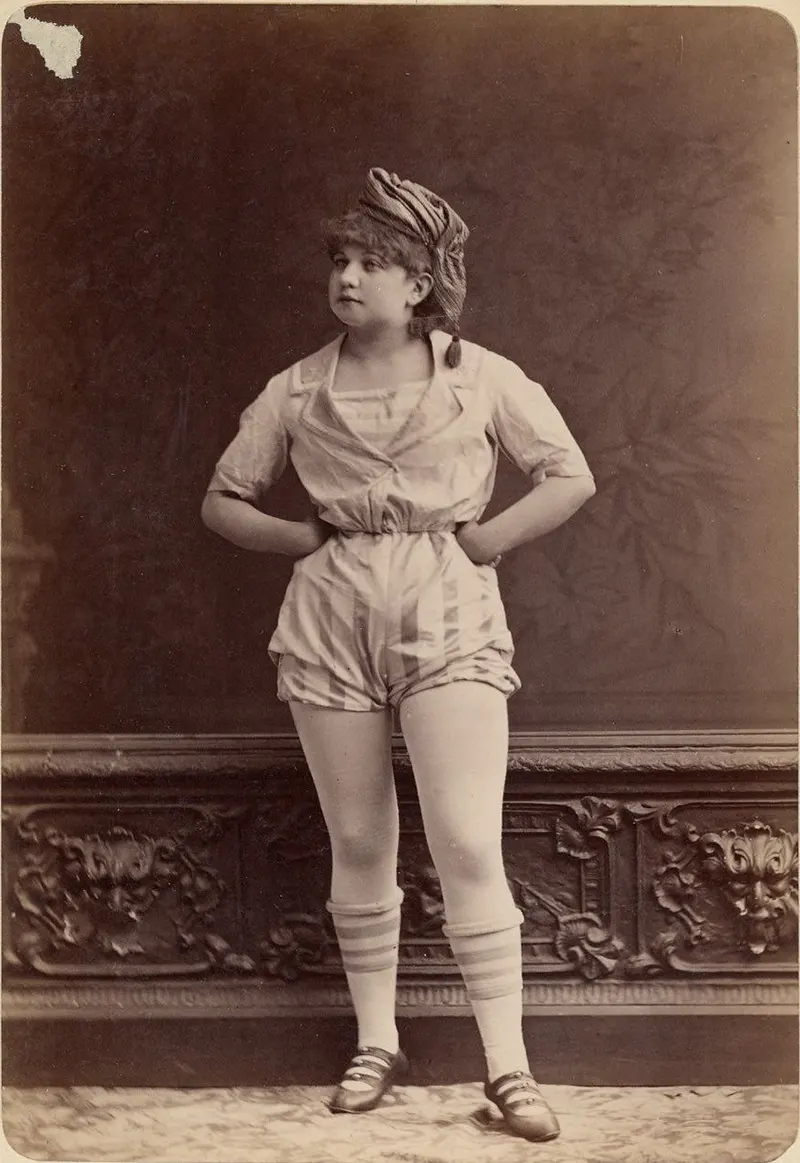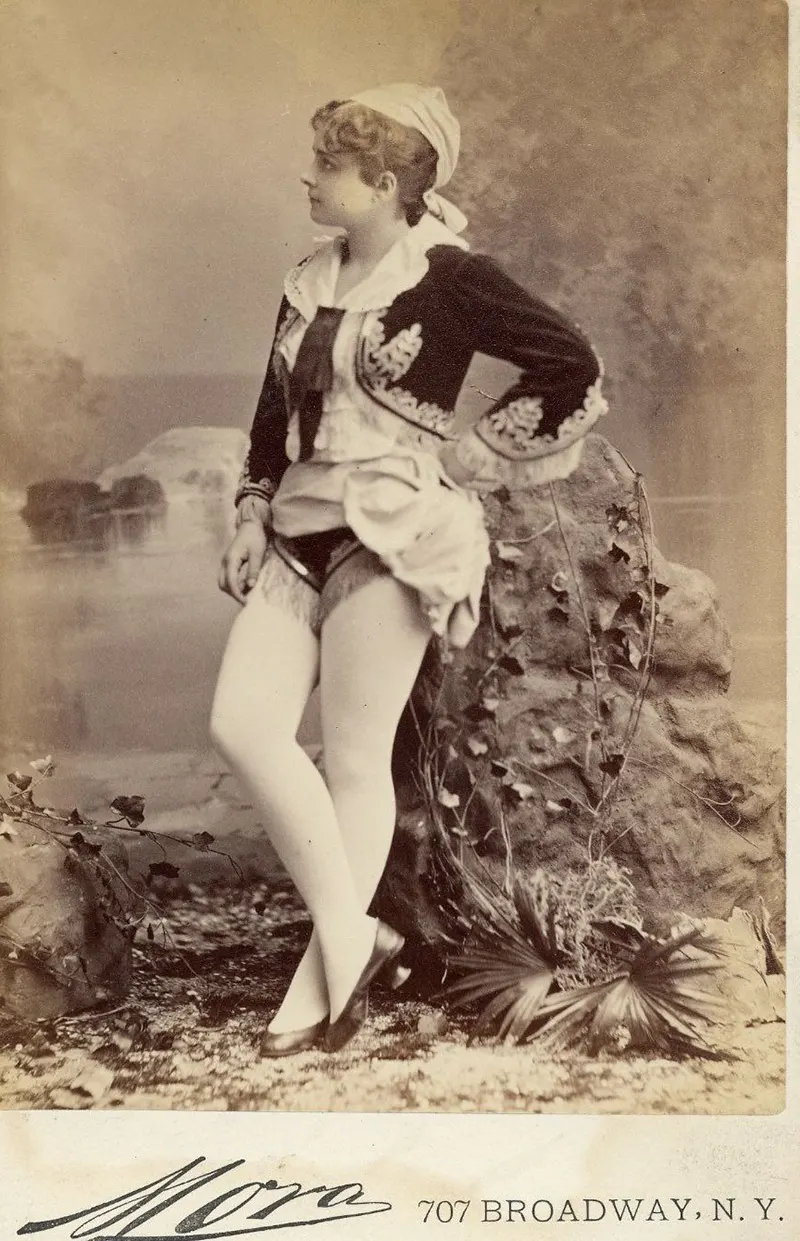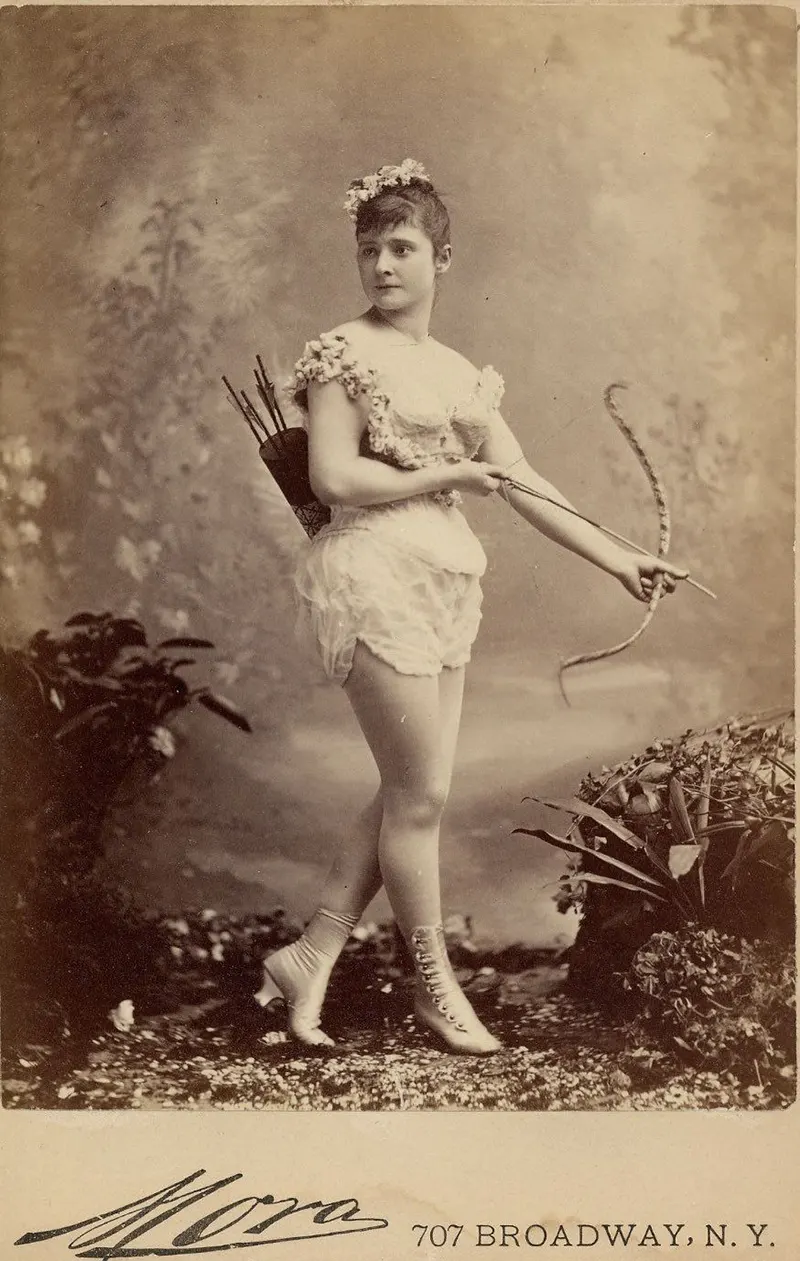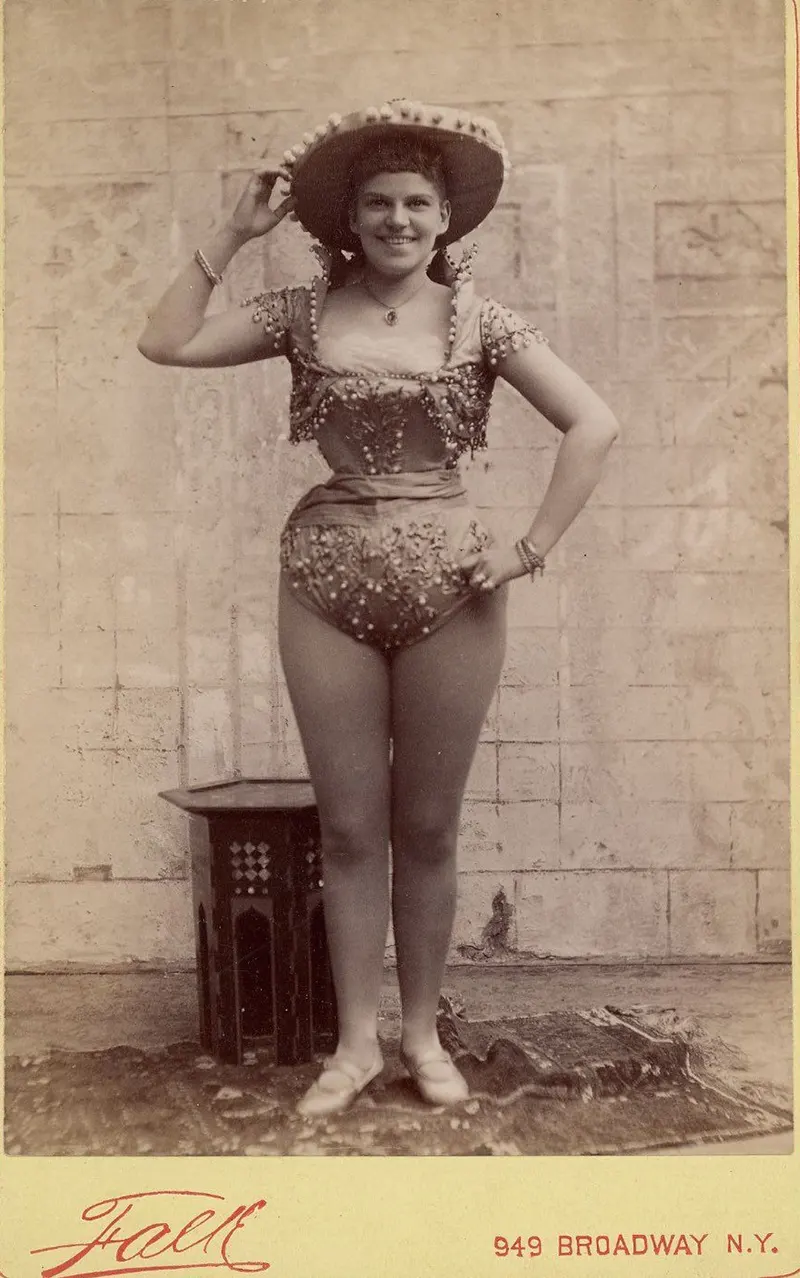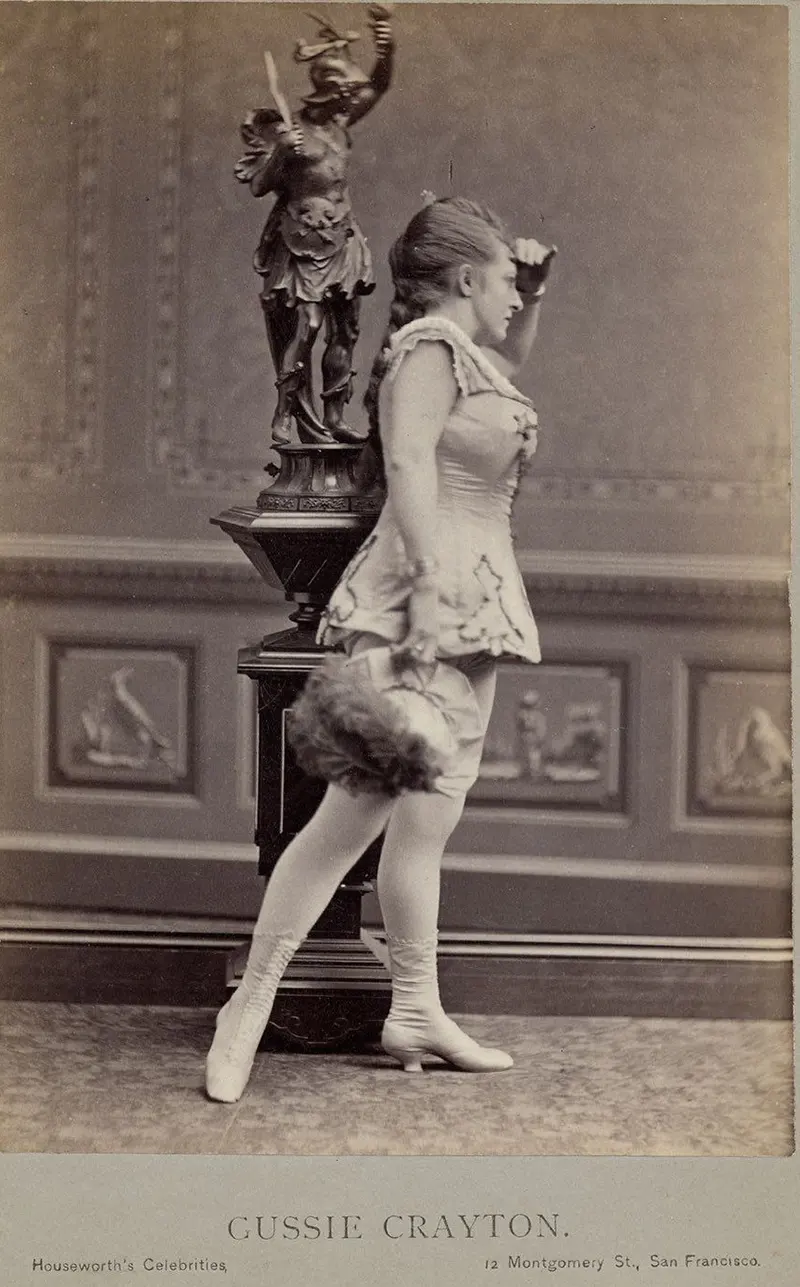It’s a form of theatrical entertainment featuring parodic humor, usually consisting of comic skits and sometimes a chorus line or striptease. Burlesque originated in nineteenth-century music hall entertainments and vaudeville. In the early twentieth century, it emerged as a popular blend of satire, performance art, and adult entertainment. The word derives from the Italian burlesco, which, in turn, is derived from the Italian burla – a joke, ridicule, or mockery. In burlesque, performers often create elaborate sets with lush, colorful costumes, mood-appropriate music, and dramatic lighting. It may also include novelty acts, such as fire-breathing or demonstrations of unusual flexibility, to enhance the impact of performances. Burlesque turns social norms head over heels. The genre traditionally encompasses a variety of acts such as dancing girls, chanson singers, stand-up comics, mime artists, and strip tease, all satirical and with a saucy edge. A later use of the term, particularly in the United States, refers to performances in a variety show format. These were popular from the 1860s to the 1940s, often in cabarets and clubs, as well as theatres, and featured bawdy comedy and female striptease. The burlesque genre originated in the 1840s, early in the Victorian Era, a time of culture clashes between the social rules of established aristocracy and a working-class society. Possibly due to historical social tensions between the upper classes and lower classes of society, much of the humor and entertainment of burlesque focused on lowbrow and ribald subjects. In its later heyday, however, burlesque bore little resemblance to earlier literary “burlesques” which parodied widely known works of literature, theater, or music. The popular burlesque show of the 1870s through the 1920s was a raucous, bawdy style of variety theater. It was inspired by Lydia Thompson and her troupe, the British Blondes, who first appeared in the United States in the 1860s, and also by early “leg” shows such as The Black Crook (1866). The form, humor, and aesthetic traditions of American burlesque were partly derived from the minstrel show. Another well-known early burlesque troupe was the Rentz-Santley Novelty and Burlesque Company, created in 1870 by M.B. Leavitt, who had earlier feminized the minstrel show with her group Madame Rentz’s Female Minstrels. The genre often mocked established entertainment forms such as opera, Shakespearean drama, musicals, and ballet. The costuming (or lack thereof) increasingly focused on forms of dress considered inappropriate for polite society. By the 1880s, the burlesque had evolved some informal rules for defining itself: sexually suggestive dialog, dance, plotlines, and staging; quick-witted humor laced with puns, but lacking complexity; short routines or sketches with minimal plot cohesion across a show; and minimal costuming of female performers. By the late 1920s, the striptease element overshadowed the comedy and subjected burlesque to extensive local legislation. Burlesque gradually lost popularity beginning in the 1940s. A number of producers sought to capitalize on nostalgia for the entertainment by recreating burlesque on the stage and in Hollywood films from the 1930s to the 1960s. Thes pictures collected here are from the Charles H. McCaghy Collection of Exotic Dance from Burlesque to Clubs. They come from the personal collection of Dr. Charles H. McCaghy, professor emeritus of the Department of Sociology at Bowling Green State University.
(Photo credit: Charles H. McCaghy Collection / Wikimedia Commons / New World Encyclopedia / Mashable). Notify me of new posts by email.
Δ Subscribe
